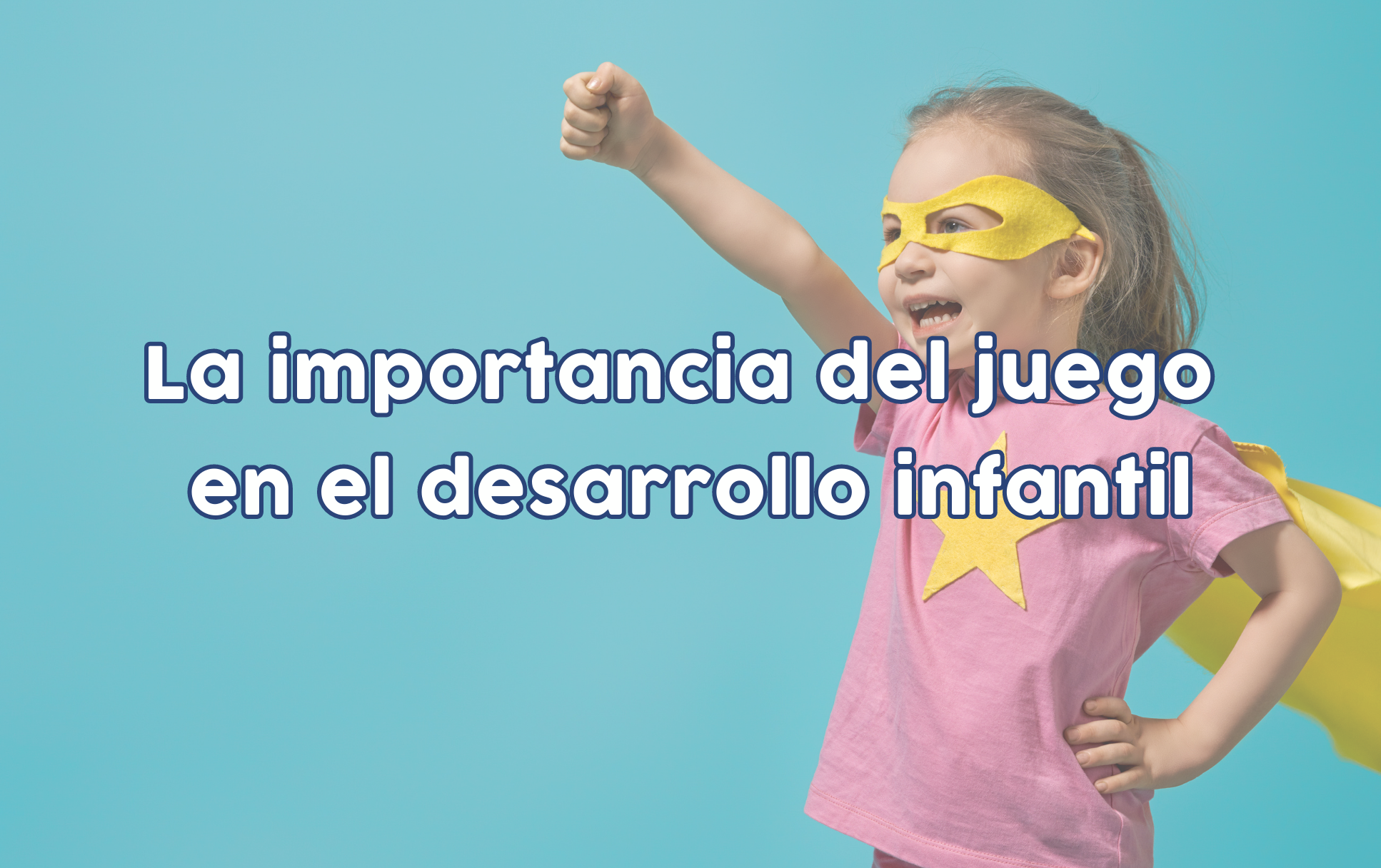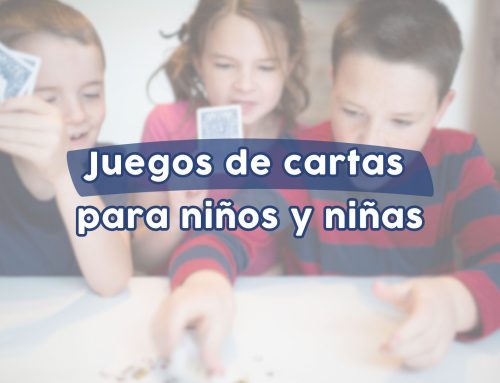The game, that activity that seems so simple and natural for children, is actually an essential component in their growth and maturation. As children explore, create and play, they are building the foundations of their cognitive, emotional, social and physical development.
In this new post we will explore in depth the importance of the game in child development, highlighting the different types of games, the role of the adult and the attentive observation of the child.
¡Unete and me telegram channel so you don't miss anything! 😊
Instagram for families: positive education and children's activities 💛
¡Nuevo! Instagram for teachers: educational resources and ICT tools 👩🏻🏫
The game: a fundamental pillar in child development
The game is the most effective tool for learning. When children play, they are immersing themselves in a world where imagination, creativity and exploration are the fundamental pillars. Although it may seem simple and fun, the game goes far beyond fun. Behind games and recreational activities hides a deep and significant process that plays a vital role in the cognitive, emotional, social and physical development of children.
The benefits of the game in child development
The benefits of the game in child development are many and cover all areas of growth.
In the cognitive field, The game stimulates curiosity and creative thinking, strengthening the ability to problem solving and the development of mathematical and language skills.
The imaginative game, in particular, encourages the development of social and emotional skills, since children practice empathy, cooperation and conflict resolution in simulated situations.
On the emotional plane, the game provides A safe space for children to explore and express their feelings. They can address difficult situations through the game, which helps them Understand and manage your emotions Healthy. In addition, the game encourages self -esteem by allowing children to feel competent and successful in their achievements.
From the social perspective, the group in Grupo fosca The construction of relationships and effective communication. Children learn to negotiate, share and work as a team, skills that are fundamental for interaction in everyday life. The game also offers opportunities for children to experience different social and cultural roles, which promotes tolerance and understanding of diversity.
In the physical aspect, the active game contributes to the muscle development, coordination and cardiovascular health. Games involving movement not only strengthen the body, but also promote healthy exercise habits that can last a lifetime.
Exploring the different types of games
Children participate in a wide range of games, each with their own characteristics and benefits. Let's look at some examples:
- Cooperative game: Children work together to achieve a common goal, promoting collaboration and teamwork. Example: Build a large tower with construction blocks together, where everyone contributes and shares ideas to achieve the goal.
- Free game: Children have the freedom to explore and create without restrictions or external guidelines. Example: Offer unstructured material so that the child can freely decide the use he wants to give him.
- Imaginative games: Children represent fictitious roles or situations, promoting creativity and abstract thinking. Example: play houses, where children assume roles of parents, children and teachers, creating varied stories.
- Competitive game: Children compete with each other to achieve a goal or win a game, developing strategy skills. Example: Play a board game where players compete to move their pieces and first reach the goal.
- Social roles game: Children assume specific roles in realistic situations, which helps to understand social dynamics. Example: Play are doctors and patients, where a child assumes the role of Doctor and another of the patient, practicing interactions and empathy.
- Sensory game: Children explore the senses through the game, using materials and activities that stimulate the senses. Example: play with sand, water, paint or sensory masses, where children experience different textures, temperatures and smells.
The role of adult in children's game
The role of the adult in the children's game varies depending on the objective we pursue in each case. In some games our role will be more active and we will get fully involved, while at other times it will be necessary for us to occupy a background to leave more freedom of movement and decision.
In any case, an attentive look is necessary to observe the child's needs. By involving ourselves in a balanced and respectful way, adults can enrich the children's game experience and contribute significantly to their growth and integral development.
Here are some ways in which adults can influence children's game in a positive way:
- Attentive observer: By observing the children's game, adults can learn more about their interests, skills and challenges. Observation also allows you to detect opportunities to intervene or provide support when necessary.
- Active participant: At certain times adults can join the children's game as active participants. This not only strengthens emotional ties, but also provides opportunities to model behaviors, problem solving and effective communication.
- Imagination stimulator: We can encourage creativity and imagination when asking open questions, propose new scenarios or add unexpected elements to the game. This challenges children to think more broadly and expand their imaginative horizons.
- Behavior model: Show how to interact positively and respectfully during the game: how to negotiate, resolve conflicts and communicate effectively…
- Support for autonomy: Allow children to make decisions and direct their own game. This encourages autonomy, decision making and the construction of self -confidence.
- Introduction of new elements: We can add new elements to the game to enrich the experience: present new materials, ask questions that stimulate critical thinking and problem solving, etc.
- Problem solving support: When challenges arise during the game, adults can help children develop strategies to overcome obstacles. This teaches problem solving skills and encourages perseverance.
- Process assessment: It is important to assess children's efforts during the game, not just the final result. The breath and positive recognition reinforces self -esteem and motivates children to continue exploring and learning through the game.
In conclusion, the game in childhood is not only a source of fun, but also a powerful learning and growth tool. By allowing children to explore and play freely, without directing their steps, we provide them with the opportunity to be creative and brave. As adults, accompanying them on this trip, we are building solid foundations for their future, full of exciting possibilities and discoveries.





